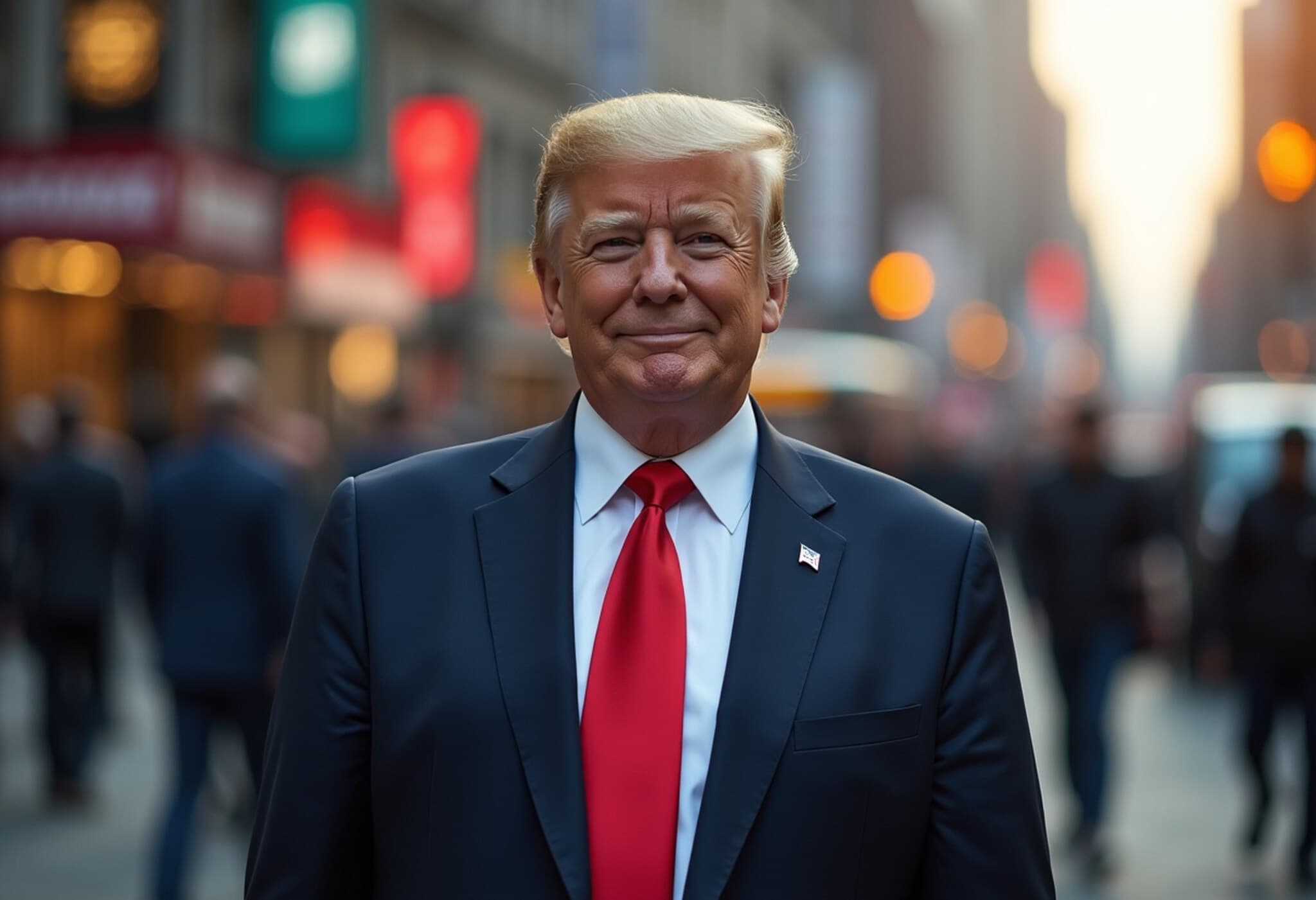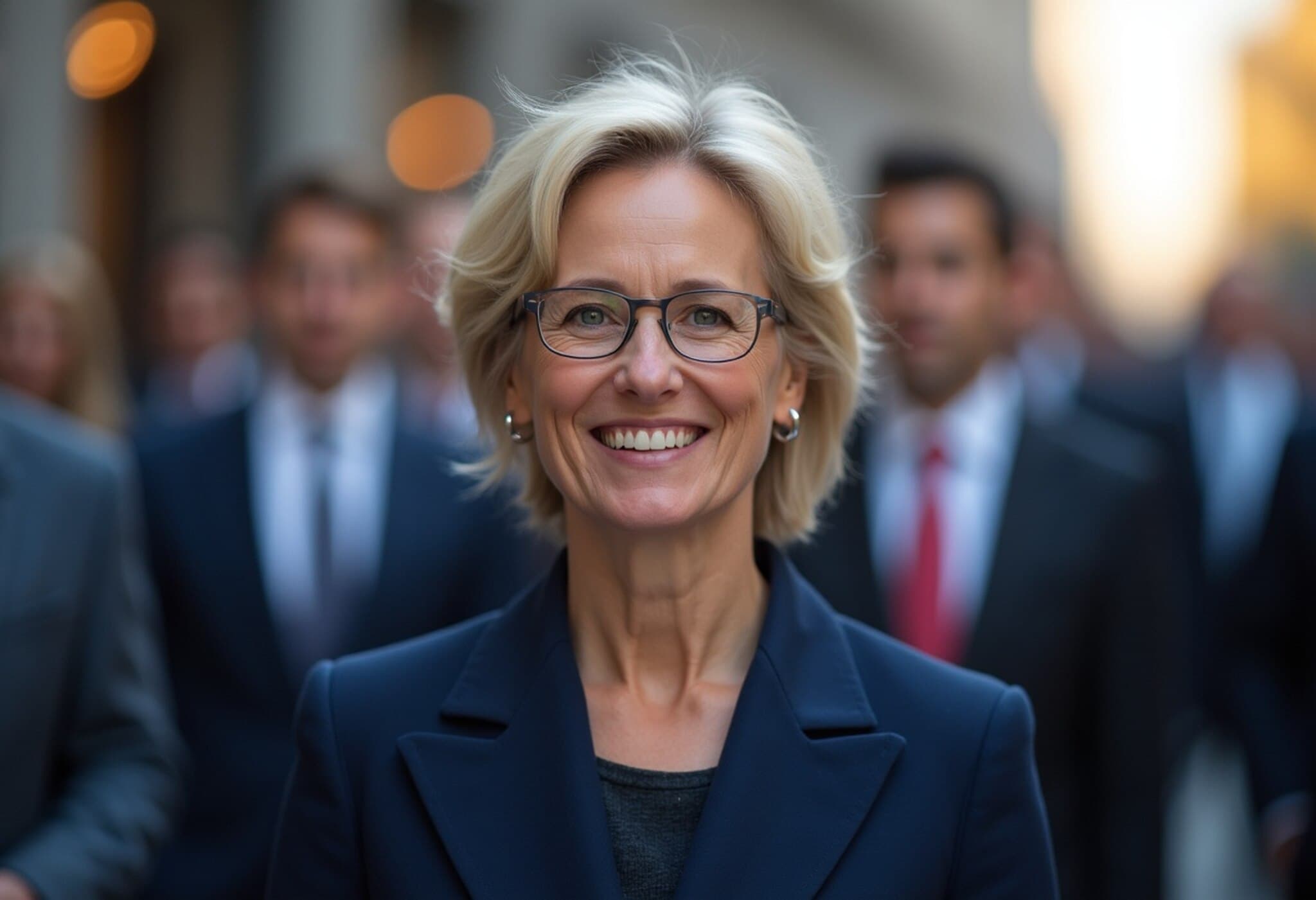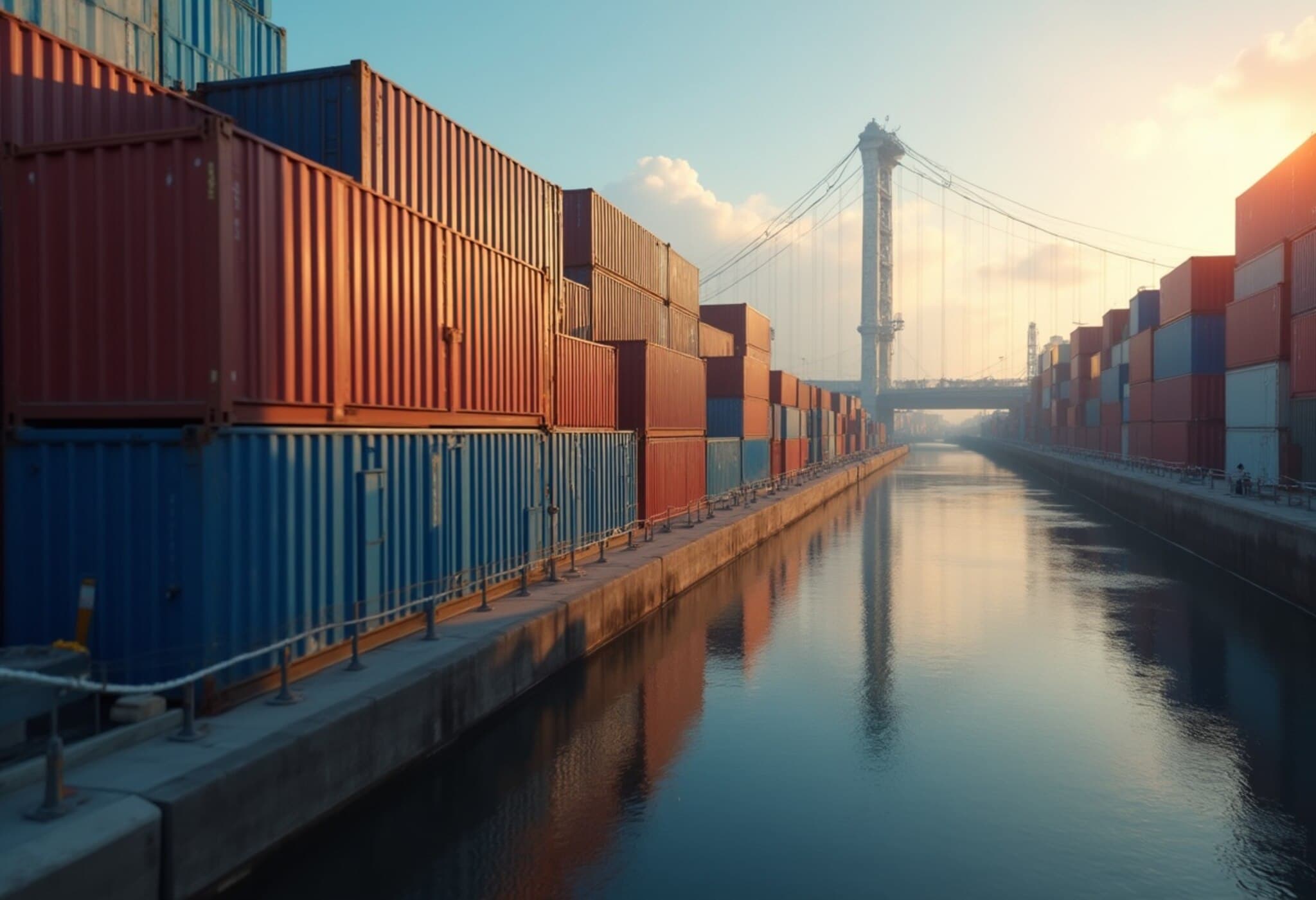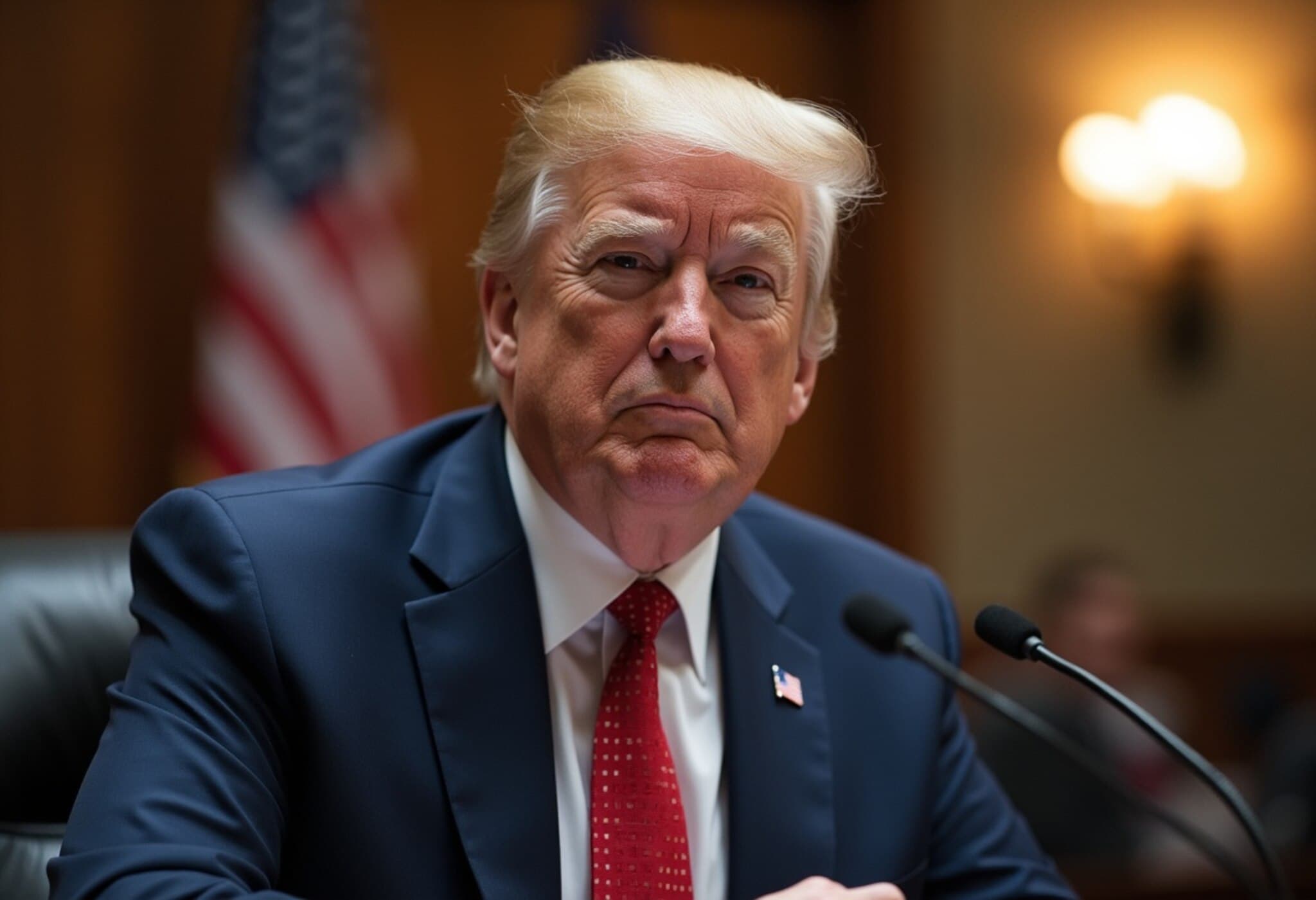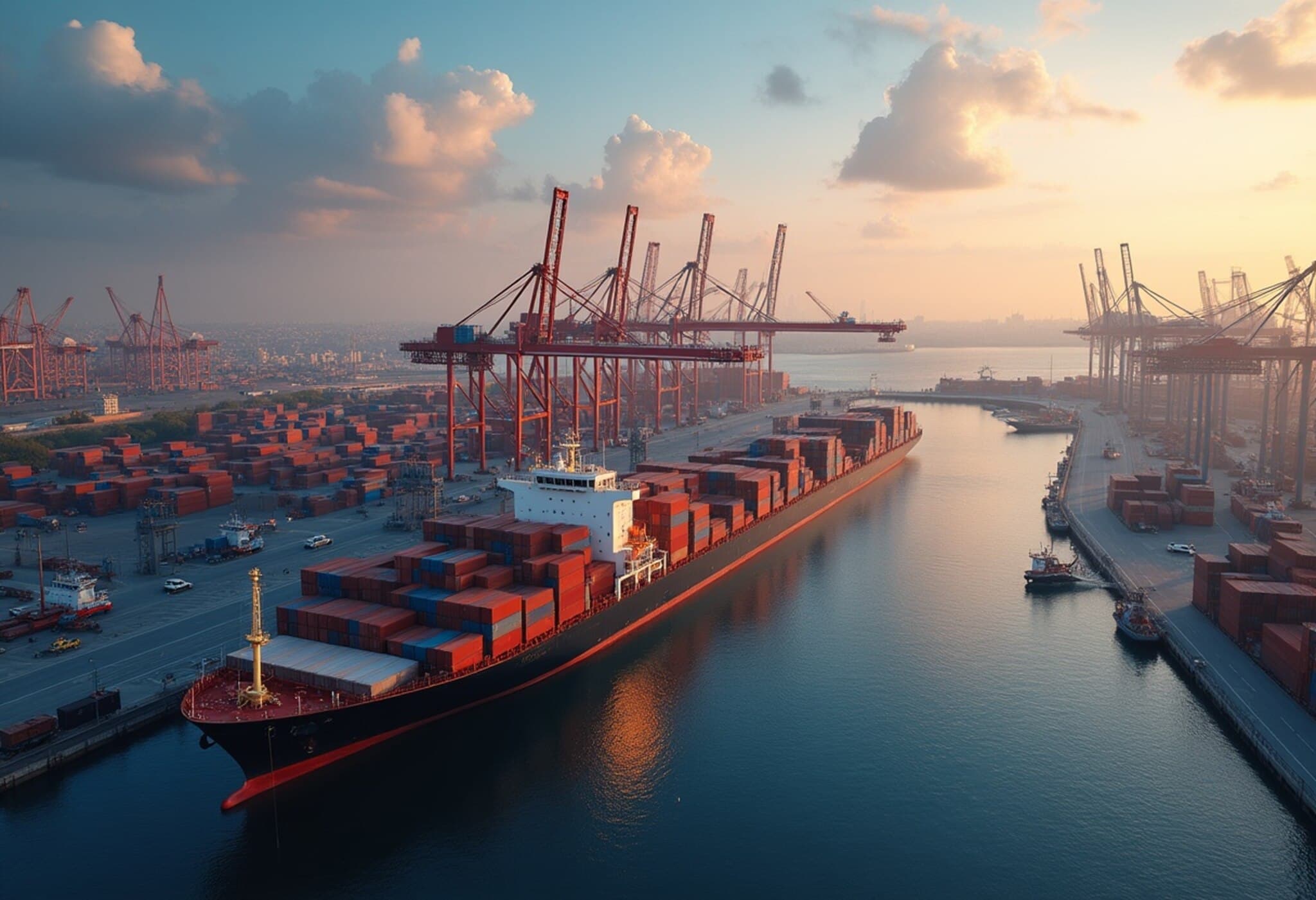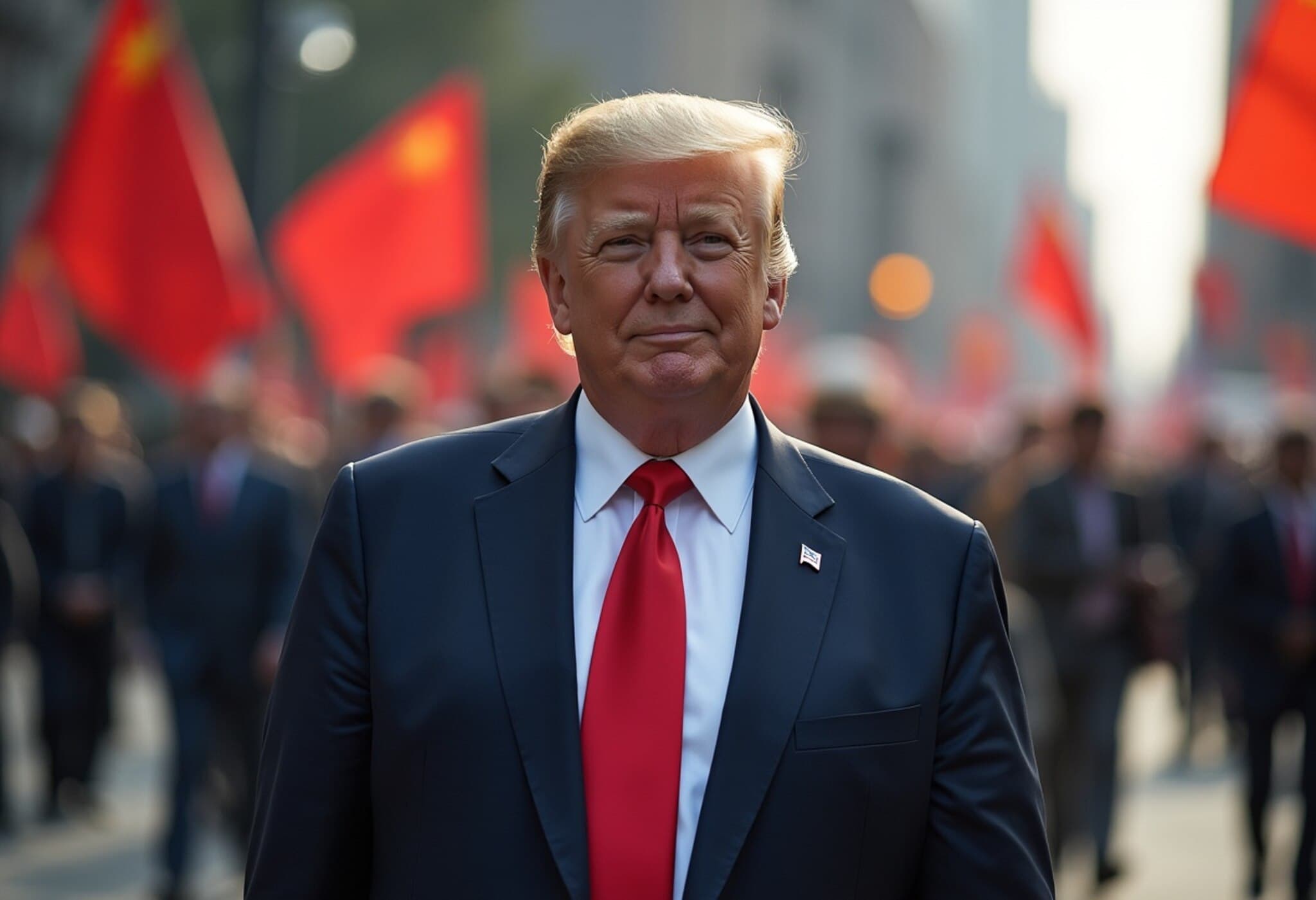U.S. Imposes 25% Tariffs on India Amid Geopolitical Strains
As August 1 approaches, marking the implementation of new U.S. tariffs under President Donald Trump’s administration, global trade dynamics are increasingly strained. While major U.S. trading partners such as the European Union and South Korea have reached agreements resulting in 15% tariffs on their goods imported into the U.S., India finds itself uniquely targeted with a heftier 25% tariff. This move not only breaks expectations of a negotiated agreement but also signals deeper geopolitical undercurrents linked to India’s dealings with Russia.
Tariffs Beyond Trade: The Political Dimension
Experts observe that these tariff hikes transcend traditional trade disputes. Rather than being purely about trade deficits or economic competition, the increased tariffs reflect the U.S. administration’s strategic calculus in global alliances. India’s military and energy partnerships with Russia—countries subject to U.S. sanctions—appear to have triggered what can be described as a “secondary sanction” effect. Essentially, India is being penalized not only for economic reasons but for its geopolitical associations.
Trade policy as a tool of foreign policy is nothing new, but the Trump administration’s blunt application highlights an era where economic measures double as global diplomatic statements. By signaling that countries engaging with Russia risk exclusion from favorable trade terms, the U.S. is reinforcing its stance against Moscow’s influence but also complicating relations with emerging powers like India, which balance strategic partnerships across multiple fronts.
Economic Context: U.S. Continues to Show Strength
This tough stance is underpinned by the current robustness of the U.S. economy. Despite fears of economic slowdown, the U.S. recently posted a surprisingly strong GDP growth rate, surpassing expectations. Earnings from tech giants like Meta Platforms and Microsoft have also beaten forecasts, reinforcing investor confidence. The so-called “Magnificent Seven” companies are driving this optimism, creating a sense of American economic exceptionalism—at least for now.
The Federal Reserve's Steady Hand
In conjunction with trade developments, the Federal Reserve opted to hold interest rates steady, marking an unusual move with multiple dissenting voices—a first since the early 1990s. Chair Jerome Powell emphasized the need to assess underlying economic data carefully, signaling vigilance amid uncertainty stemming from trade tensions and global market shifts.
Investor Behavior and Market Sentiment
An often overlooked aspect of this economic picture is the rising trend of investors borrowing aggressively to purchase stocks. Deutsche Bank’s macro research head, Jim Reid, warns that this borrowing pace mirrors speculative behavior commonly seen prior to major market bubbles, hinting at potential volatility ahead.
South Korea’s Deal and China’s Struggles
While India faces punitive tariffs, South Korea successfully negotiated terms with the U.S., easing trade tensions and potentially fostering closer economic ties. Meanwhile, Chinese markets showed signs of strain with disappointing economic data, underscoring varied responses and challenges among U.S. trading partners.
Broader Implications for Global Trade
The unfolding tariff saga underscores growing economic nationalism and geopolitical fragmentation. The traditional framework of multilateral trade agreements is being tested as the U.S. asserts tariffs as a lever to reshape alliances and punish strategic adversaries—even when these are partners in their own right.
This development forces policymakers worldwide to reckon with a more unpredictable trade environment, where economic decisions are inseparable from foreign policy and security concerns.
Critical Questions Moving Forward
- How will India weigh its strategic partnerships balancing economic growth and geopolitical alliances?
- What are the long-term consequences for global supply chains disrupted by increased tariffs?
- Can the U.S. sustain its economic momentum amid rising market speculation and geopolitical tensions?
Editor’s Note
The imposition of higher tariffs on India signals a shift where trade policy serves as a frontline tool in geopolitical maneuvering. For the United States, maintaining economic strength provides leverage, but the risk lies in alienating emerging global players whose alignment is vital for future international stability. As markets react and alliances evolve, understanding these nuanced interactions is essential for investors, policymakers, and businesses navigating unprecedented global uncertainty.

